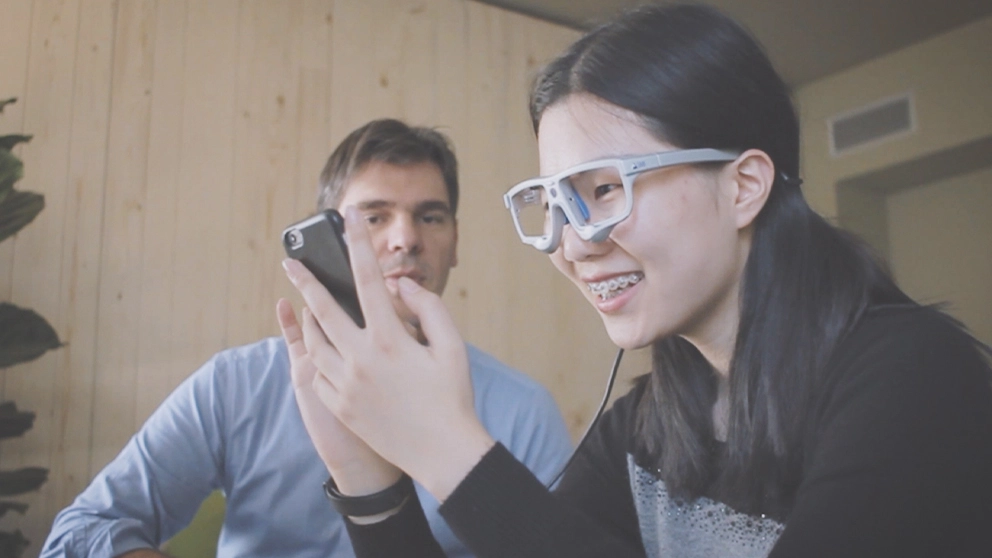Designed around people, focusing on their needs and desires, it leads to an emotional involvement that generates loyalty

In the digital age, creating products and services that stand out from the competition and engage people deeply has become a key challenge for companies. Emotional Design is the approach that can make a difference, as it focuses on evoking positive emotions and creating meaningful connections with people.
The Essence of Emotional Design for digital products and services
Emotional Design is the beating heart of an engaging and satisfying user experience. It’s about putting people’s emotions, desires and expectations at the center of the creative process. When a product or service is designed to evoke positive emotions, a deeper and more lasting bond is generated.
One of the key theories that guide this practice is the Emotional Design Theory, elaborated by the famous designer and cognitive psychologist Donald Norman, according to which there are three key levels in which emotion can be considered in design:
- Visceral: this level concerns the first impression and is based on the immediate and emotional reactions that a product or service elicits when people see or use it for the first time. The visual aspect, colours, shapes and images play a crucial role at this level. Visceral design focuses on creating an immediate and memorable emotional impact.
- Behavioral: This level refers to user experiences and interactions with the product or service. Behavioral emotions are related to satisfaction or dissatisfaction and ease of use. A design that makes interactions intuitive and rewarding can generate positive emotions towards the user experience.
- Reflective: This level concerns the emotions that emerge after using the product or service, such as the gratification and satisfaction deriving from a choice or a positive experience. At this level, emotional design can be used to make a lasting impression and connect with people.
Key elements of Emotional Design
To achieve effective emotional engagement, emotional design must be designed around people, focusing on their needs and desires. An intuitive and engaging interface is essential to stimulate positive emotions. The use of visual and aural elements, such as colors, shapes, images and sounds, is a strategy to evoke emotions and enrich the experience. Additionally, empathic storytelling is a powerful means of creating emotional connections, engaging people through engaging stories.
Feedback and meaningful interactions with users are key to boosting engagement. Immediate and personalized responses, such as success animations or thank you messages, increase customer satisfaction and emotion.
The key points for designing an emotional digital service or product
At the basis of Emotional Design there is certainly an in-depth understanding of the target audience. It is important to study their characteristics and talk to people about their needs and expectations, in order to create an experience that is relevant to them.
In addition to this, it is also important to go and meet some fundamental criteria:
- Functionality: the product must be useful and respond to user needs easily, promoting perceived value and encouraging engagement and loyalty.
- Usability: the product interface must be understandable and well designed to facilitate the user experience, especially in difficult situations.
- Trustworthiness: A trusted product or service generates a positive emotional response, as people feel confident using it without fear of disappointment or trouble.
- Pleasantness: the aesthetic aspect and the sensory aspects of the product or service influence the perception of users and can determine whether they feel attracted and eager to interact with it.
After satisfying these first criteria, it is possible to focus on identifying the desired emotions that we want to arouse in users during the use of the product or service. This approach helps create meaningful emotional connections, enhancing the overall experience and helping build long-term relationships with users.
The Importance of emotional engagement in digital products and services
Emotional engagement generates loyalty over time. Positive emotional experiences lead to enthusiastic word of mouth, where people share the product or service with others. Emotional Design is also an effective means of distinguishing yourself from the competition, as an immersive and emotional experience is memorable and creates a lasting impact on the users’ minds.
In conclusion, Emotional Design is a tool to create engaging digital products and services, satisfy functional needs and generate a lasting connection. By implementing meaningful visuals, sounds, narratives, and feedback, companies can create emotional experiences that build user loyalty and set them apart from the competition. Emotional engagement is a key to success in today’s digital world, where emotions drive decisions and long-term connections with customers.